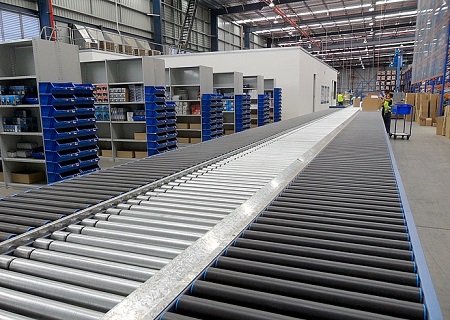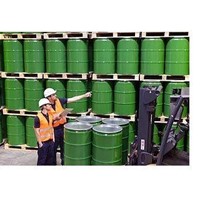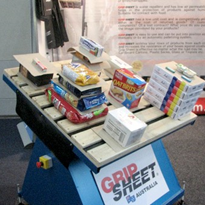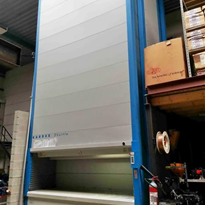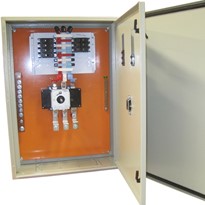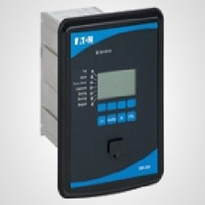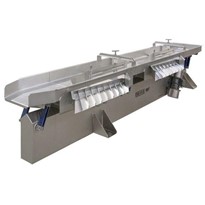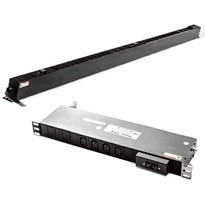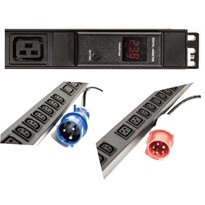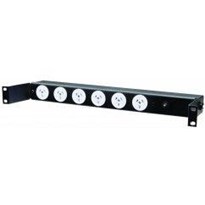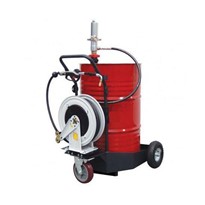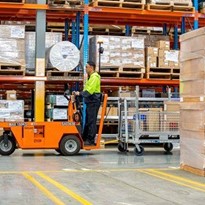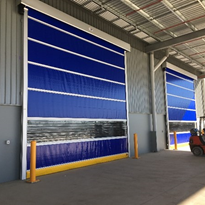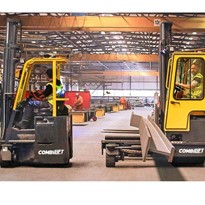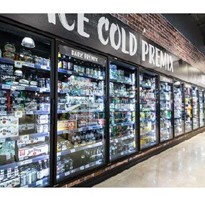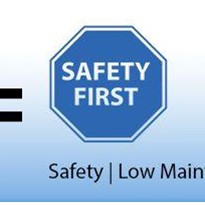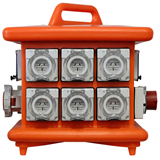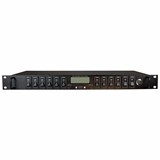This is prevalent in a manufacturing environment, in particular where the need to reduce the cost of manufacture is taken for granted.
Often supply chain costs are overlooked or justified in organisations as the urgency to deliver finished goods to the customer outweighs the costs associated with running the supply chain.
Supply chain costs or warehousing and distribution costs can have a severely negative impact on ongoing business costs and can hamper the business' capacity to realise growth.
Savvy business leaders are turning to specialists who have a specific level of knowledge, skill, or aptitude in warehouse system design for cost effective solutions.
Deliver efficiency gains
A state-of-the-art automated distribution centre can help to improve output by an average of 33 per cent and at times up to 65 per cent over a manual warehouse. A manual warehouse will always get blockages and a staggered effect in the flow of the product because the work tends to be completed in stages of differing tasks.
With the introduction of an automated conveyor system into a warehouse, the flow of product is at an even pace and on any given day the warehouse can be run without the associated additional labour costs or excessive movements which are considered waste or non-value adding.
The automated conveyor system allows for constant even flow of product which allows more control on labour costs and reduced manual handling injuries whilst also reducing the need for other additional material handling equipment.
The constant flow of finished goods to freight carriers in the supply chain network will also provide further efficiency gains in the supply chain and will in turn cause less impact to freight partners, which in turn will flow benefits through to the end customer.
Offer quantifiable cost savings in labour and equipment
Introducing an automated conveyor system to a warehouse can be a major change in thinking, but will ultimately benefit the operation of your business through a considerable reduction in labour costs.
Labour units will be significantly reduced and the need to purchase additional manual handling equipment will decrease. With the rising cost of labour, the potential savings are enormous and can be realised almost immediately.
Reduce the risk of manual handling injuries
With an ageing Australian workforce, most business organisations need to consider ways of reducing manual handling tasks performed by their employees; this is of a particular concern where repetition is involved.
A well designed automated materials handling system can help reduce the occurrence of manual handling injuries. Employees will no longer need to twist, lift or manoeuvre product along a packing line, or frequently move products from varying heights, such as off pallets.
In addition to the above, the question must be asked (and answered): is the materials handling system able to grow with your business? And so the specialist considers ways to optimise the following:
Adaptability and flexibility of the design
A well-designed automated materials handling system should be adaptable to your business as it grows. It should be flexible enough to account for developments, such as changes to the product mix, throughput or personnel.
Build quality of the equipment
Build quality should always be considered in the decision making process. A robust construction using good quality components sourced from reputable suppliers will always give you years of reliable service.
This build quality should provide a value for money proposition to your business and an attractive return on investment. Cheapest is not always the best value in the long run, sometimes it’s prudent to pay a little more for better quality equipment.
Cost is important, value for money paramount
The initial capital cost for the purchase of a system is always important and naturally businesses will be looking for the best deal. Maintenance costs over the life of the equipment also need to be considered, as well as the ongoing cost of operation.
Overheads such as electricity are becoming more important from both from an environmental and cost perspective. More importantly minimising equipment downtime is paramount to a successful and profitable business.
In short, the specialist must be Adept in automated materials handling systems.
If you are contemplating automated handling, talk to Adept Conveyor Technologies. We manufacture high quality conveyor systems, in Australia, for a broad range of industries.
We have an enormous depth of experience and knowledge. We will help you with any materials handling project, at every step of the way, and never walk away until the job is completed to your satisfaction.


